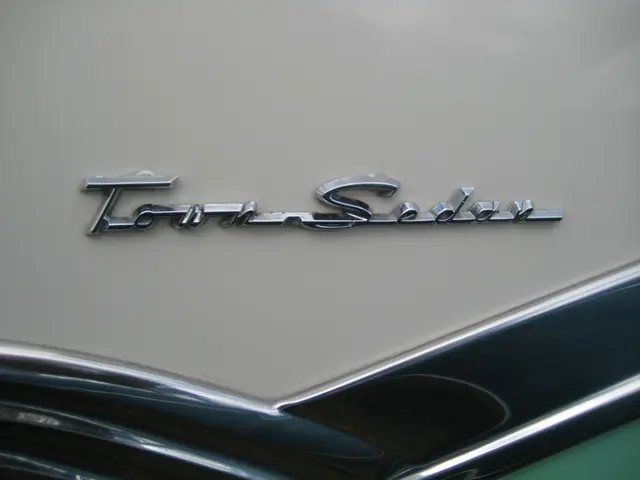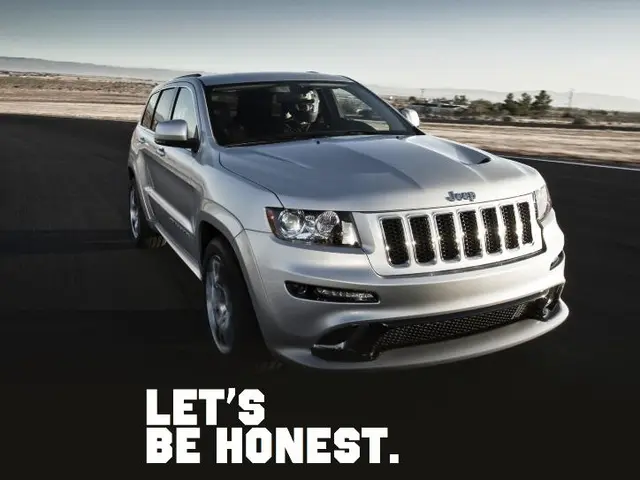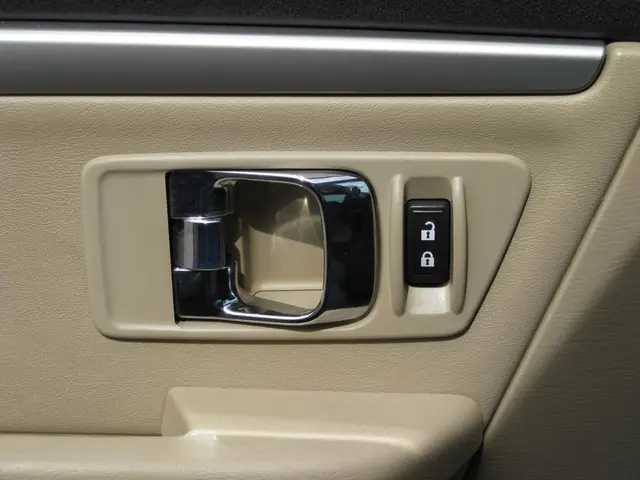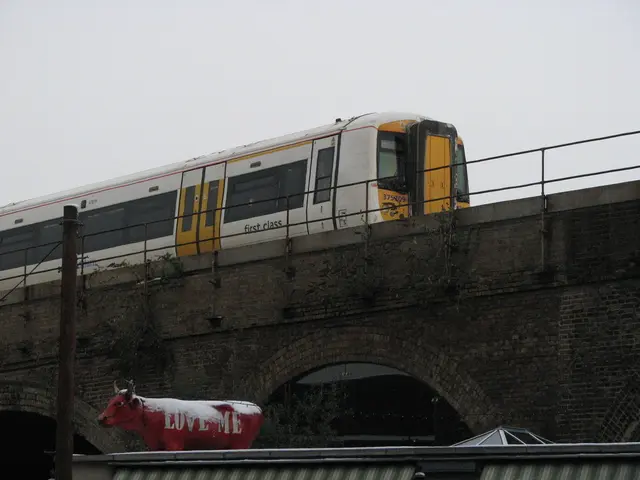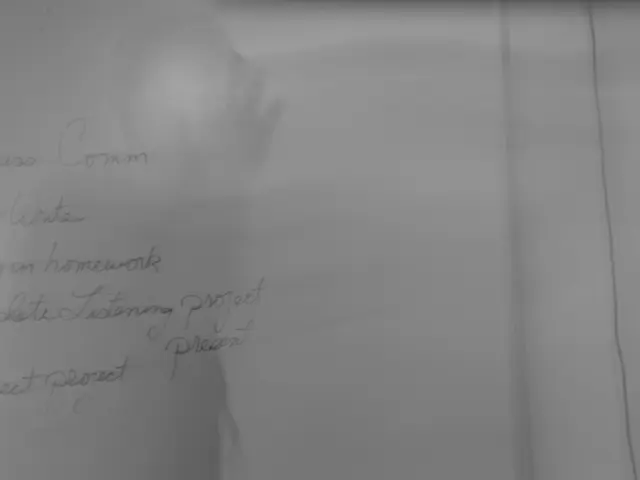Cars Failing TÜV Inspections Due to Minimum Defects - Cars are failing inspection due to minor flaws, leading to their collapse during TÜV testing.
Cars Failing Main Inspections: Why It's Essential to Stay Vigilant
- by Christian Hensen
- 3 Min
In the past year, a dismaying one-fifth of cars failed their main inspection. A staggering 32.2 percent didn't pass without some issues. But fret not, ensuring a new sticker without pricey re-inspections isn't an impossible feat.
Generally, there are four defect categories that TÜV (and other inspection companies, like Dekra or GTÜ) scrutinize. Vehicles with "no detected faults" have it easy—the sticker is issued, and that's that. Meanwhile, "minor defects" may not fail the inspection, such as scratched mirrors or a faulty license plate light. These issues are noted on the inspection report and expected to be fixed promptly, with no re-inspection necessary.
But with "major defects," such as worn tires, faulty brakes, or rusted supporting parts, you're sure to fail. You then have four weeks to rectify the faults and return for a re-inspection. Fortuitously, during this period, the vehicle can be driven. Upon proper repair certification, a new sticker will be granted.
However, things are considerably more stringent with "dangerous defects." Should an inspector unearth defects that "immediately endanger traffic or the environment," the sticker will be denied. Furthermore, if a "dangerous defect" is noted in the inspection report, the vehicle can only be driven home or to a workshop. Within a month, the car can be re-presented. A new sticker will be bestowed, provided regulations are met.
In the event that an "immediate danger to traffic" is detected, the vehicle may be immobilized on the spot. Road traffic participation will be prohibited forthwith, for instance, if the brake or steering systems are defective or the chassis is severely corroded.
Ensuring a Successful Main Inspection
Securing a sticker on the first attempt and bypassing re-inspections is hardly a secret—TÜV provides checklists. Some things can only be assessed crudely, while others are easily verified. For example:
- Are all vehicle lights, both inside and out, operational?
- Are all glasses (headlights, windows) undamaged?
- Do the windshield wipers and windshield washer function?
- Does the car brake as intended?
- Does the horn operate?
- Is the engine compartment "dry"?
- How deep is the remaining tire tread?
- Are warning triangle, warning vest, and first aid kit with a valid expiration date present in the vehicle?
- Do any warning lights illuminate during the drive?
- For tuning: Do you have all the paperwork?
If every item is verified, success for a hassle-free main inspection is within reach. It's most convenient to receive a sticker during an inspection. If the vehicle is already at a workshop, it's more likely they will detect and address any deficiencies before the inspector arrives—eliminating the need for worry or meticulous checklist-referencing.
Unforeseen Quirks in Main Inspections
There are peculiarities during a main inspection that might slip one's radar and aren't featured on the checklists. For example, so-called blind-spot mirrors for vehicle mirrors. Inspectors will always ask you to remove these. Or, as "Auto Bild" reports, a missing sun visor. In a convertible, this constitutes a reason for a minor defect, as per specialist publications.
Inspectors are not fans of films on the front windows, painted headlight covers, or unauthorized LED bulbs.
- TÜV
- Auto
- Vehicle
- Main inspection
- To ensure a successful first attempt at the main inspection and avoid costly re-inspections, refer to the checklists provided by TÜV, focusing on aspects like operational vehicle lights, functional windshield wipers, brake efficiency, and proper engine compartment condition.
- For a hassle-free main inspection, consider taking your vehicle to a workshop prior to the inspection, as they may more easily detect and address any deficiencies before the inspector arrives.
- Be aware of unforeseen quirks in main inspections that might not be on the checklists but could still lead to defects, such as the removal of blind-spot mirrors for vehicle mirrors and the absence of a sun visor in convertible vehicles.
- In addition to vehicle maintenance, adhere to community policy by ensuring modifications like films on the front windows, painted headlight covers, and unauthorized LED bulbs are not installed, as they may negatively impact your main inspection results.


